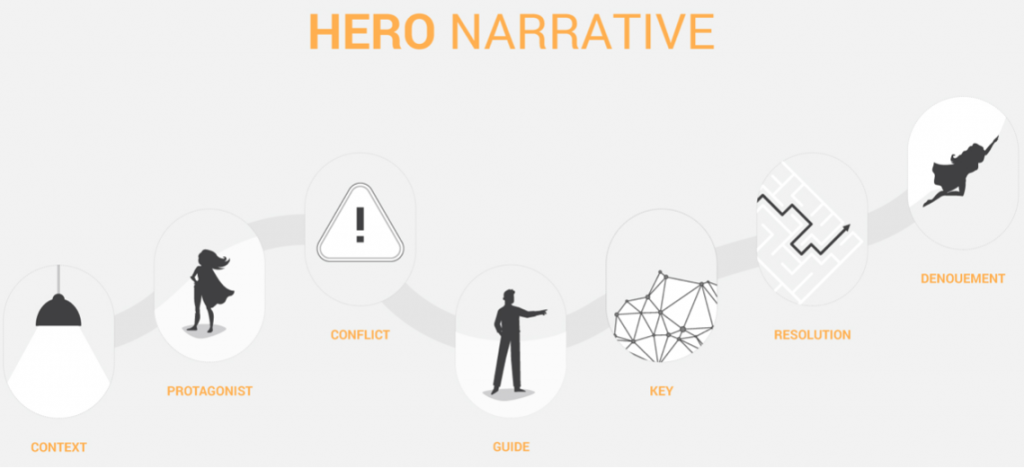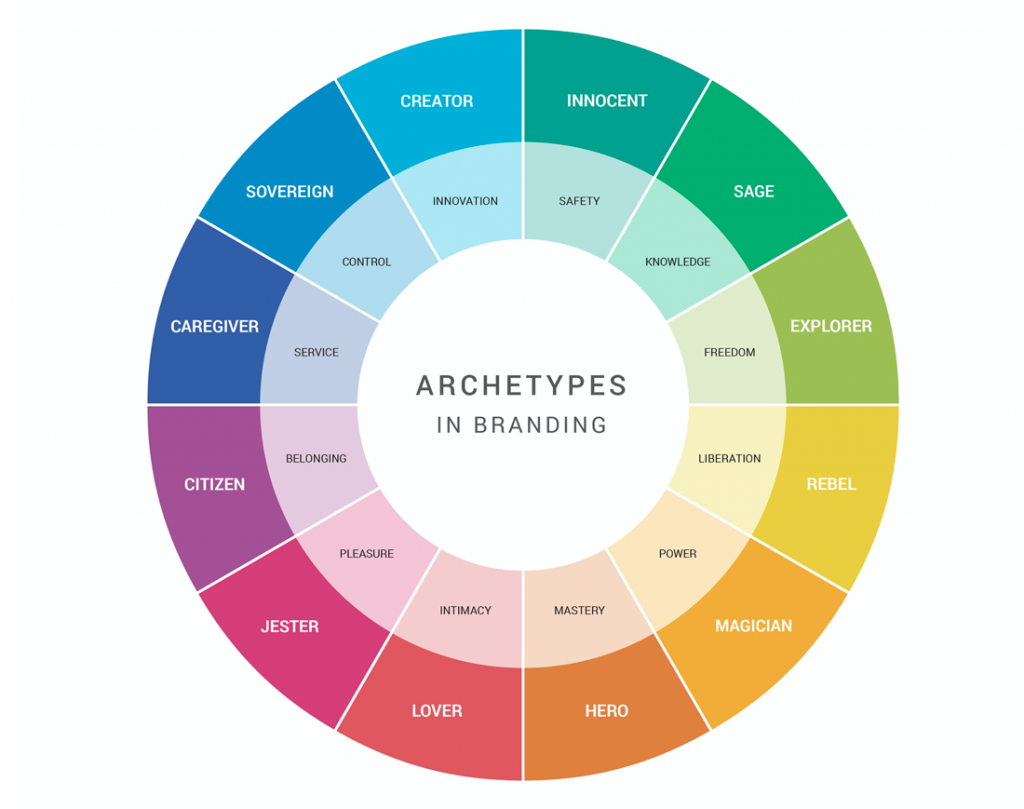Ah, functional and emotional benefits. One of these is a quick hit; the other builds deep connection. Which one is right for your brand?
In a recent blog post, I talked about the importance of benefits in communications. Here, we’ll discuss functional and emotional benefits and how & when to use them in your communications strategy.
First, what is a functional benefit?
And what’s an emotional benefit, and how can these help your brand in communications? Some quick terminology might help.
Terminology
A brand attribute – or a feature – is what your offering actually has or is. For example, an accounting firm offers accounting and tax services. A razor might have 3, 4 or even 5 blades. A food item might be gluten-free or no msg. These are all brand and product attributes.
Functional benefits are what your customer gets when they interact with your offering. How does your product or service work to solve the customer’s pain point? How do you add value to your customer’s life? The accounting firm offers accounting and tax services that are reliable, accurate and timely. The razor provides a silky smooth shave. The gluten-free food item is a healthy food option.
Think through what your functional benefits are (make a list) and then narrow down your list to only one. Be intentional about choosing the most powerful benefit to convey what your audience gets with your product or service.
The emotional benefit is what your customers feel as a result of interacting with your offering. This describes how your offering makes their lives better: they are relieved they have a details-obsessed accountant doing their books. They’re more confident because their skin looks and feels better as a result of their smooth shave. They feel healthier and know they’re taking care of themselves with a healthier, gluten-free diet.
Think through the emotional impact of your offering and how your customers feel, having interacted with your brand. Make a note: at various points in your brand story you’ll want to communicate on both benefits you provide.
When to Use Functional Benefits?
If your brand is new, or if you truly differentiate with your functional benefit, use your functional benefit. Here’s what I mean by this:
1) If your brand is new to market, you need to establish your brand and build credibility. An emotional benefit works once you’ve established a functional benefit and want to grow your connection with your customers. If you jump right to communicating your emotional benefit, you might perplex your customer. They might wonder why your brand can make these bold claims. Avoid this and start communicating with a functional benefit, which is easier to grasp. As well, this allows you to build credibility while also building brand awareness.
An example is Volvo. Today the brand stands for ‘safety’ (emotional benefit), but it wasn’t always that way. When the company was first founded, it communicated its functional benefit: reliable cars (made to withstand Swedish winters). Over time, the brand became synonymous with reliability. Once this happened, Volvo was able to expand to the emotional benefit of ‘safety’ because it had built credibility with ‘reliability.’ It wasn’t that much of a stretch to move to ‘safety.’ But, had Volvo launched with “we make safe cars,” that would’ve perplexed people. They would’ve demanded proof and questioned the validity of that statement and the brand. At the beginning, the brand just wasn’t ready to convey that emotional message and have it resonate.
2) If your functional benefit truly differentiates you from your competition. If you do this, you must own that benefit definitively. You must continually invest in your product to make your benefit more compelling and more differentiated from other options.
An example is Dominos. Their functional benefit is ‘hot pizza delivered in less than 30 minutes.’ They excel at that functional benefit, and support this benefit with innovative technology to underscore their benefit. The emotional benefit of “instant gratification” is great, but they’ve done such an exceptional job of owning their functional benefit that it’s become what they are known for. Their brand equity is off-the-charts in this regard, so they continue to build into that functional benefit.
When to Use Emotional Benefits?
Lean on an emotional benefit as a long-term strategy to drive your creative, your product improvements, and your margins. Once you’re established in your space and are known for a strong functional benefit, you can expand your messaging to include the emotional benefit your brand brings, and here’s why you’d want to do that.
When you communicate an emotional benefit, this helps your brand draw a stronger emotional connection with your customer. As the saying goes, “people don’t want to buy ¼” drill bits; they want ¼” holes” (functional benefit), so they can hang precious pictures and feel surrounded by loved ones (emotional benefit). People don’t want Tide with Clorox Bleach; they want whiter, brighter clothes (functional benefit) so they can look and feel their most confident (emotional benefit). Or this recent ad that’s become the viral holiday hit of 2020: people don’t want to lift kettlebells; people want to get or stay in shape (functional benefit) so they can be healthy enough to do the things that truly matter in life (emotional benefit).
Whether your spotlight is currently on your functional or emotional benefits, in the end both are important. Functional benefits bring credibility and a foot in the door. Emotional benefits lead to competitive differentiation, emotional connection, and ultimately a more attractive P&L. To learn more about how to use your functional and emotional benefits with your brand, give us a shout. We’re always happy to consult and help you become more magnetic to success.



